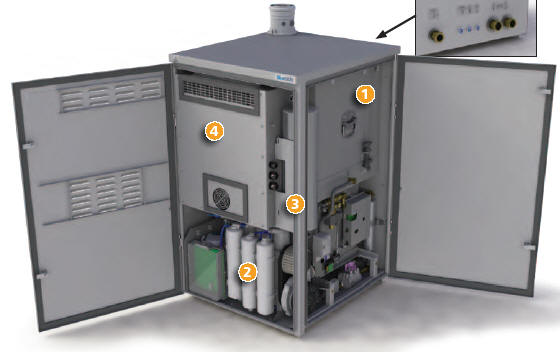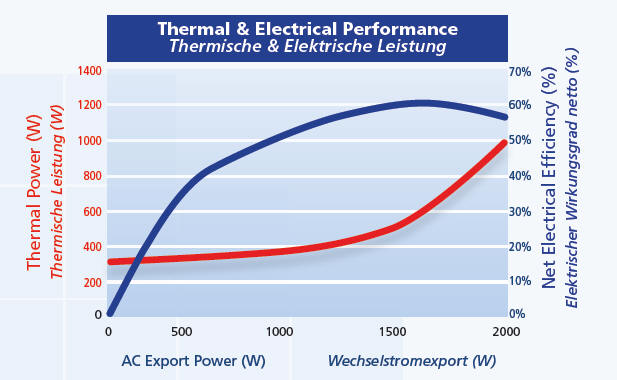RNS Number : 3481D
Kibo Mining Plc
15 May 2012
Kibo Mining Plc
(Incorporated in Ireland)
(Registration Number: 451931)
(External registration number: 2011/007371/10)
Share code on the JSE Limited: KBO
Share code on the AIM: KIBO
ISIN: IE00B61XQX41
("Kibo" or "the Company")
Memorandum of Understanding for Tanzanian Mine Mouth Power Station signed by Mzuri Coal
Shareholders are advised that the Company has been informed by Mzuri Energy Limited ("MZURI") that MZURI has entered into material negotiations in relation to its main asset, the Rukwa coal project, as more fully explained below.
* Mzuri Coal Limited signs Memorandum of Understanding to pursue the development of a mine mouth power station at its Rukwa Project with large Asian global conglomerate.
Dated: 15 May 2012
As set out in its announcement on 2 April 2012, Kibo Mining plc ("Kibo" or the "Company") (AIM: KIBO), (JSE: KBO), the Tanzania focused mineral exploration and development company, has, subject to various required statutory and shareholder approvals, agreed to acquire control of MZURI. Kibo is now pleased to report that Mzuri Coal Limited ("MCL"), a wholly owned subsidiary of MZURI, has agreed to record a Memorandum of Understanding (the "MOU") with a large Asian Conglomerate (AC), to pursue negotiations forthwith with a view to entering into definitive agreements providing for the development of a mine and a 250-350 MW mine mouth coal fired power station on MCL's Rukwa Coal Project ("Rukwa Power Project") near Mbeya as soon as practicable (the "Development Agreements").
Proposed Transaction Framework
The Development Agreements, if concluded and implemented, would provide for the the following salient elements:
* MCL would provide the AC with all available technical data and expertise to enable the AC to conduct a comprehensive feasibility study on the development of a Rukwa Power Project. If found feasible, MCL would develop a thermal coal mine and enter into a long term off-take agreement with the AC or its nominee to supply the Rukwa Power Project with coal sufficient for its requirements.
* The AC would undertake comprehensive technical, financial and commercial feasibility studies in respect of the Rukwa Power Project. If found to be feasible, The AC would procure all required approvals and permits for the construction, commissioning and operation thereof and design, build and operate a mine mouth coal fired power plant on the Rukwa Power Project.
* The AC would procure an Independent Power Producer ("IPP") license from the Electricity and Water Utility Regulatory Agency of Tanzania ("EWURA") and a Power Purchase Agreement ("PPA") from the Tanzanian National Electricity Supply Company ("TANESCO").
* The parties would have the opportunity to co-invest reciprocally in the equity of the mine and the power plant respectively on terms to be agreed between them.
Rationale
Commenting on the MOU, Kibo CEO Louis Coetzee said:
"This development once again highlights Tanzania as an African investment destination of preference for major international industrial groups. It also validates Kibo's decision to focus its resources and skills here, and to take the bold step to acquire a progressive explorer and developer like Mzuri that has developed a track record of meaningful engagement and value creation in the region over time through multilateral collaborative relationships. "
Mzuri chairman Tinus Maree added:
"This relationship could provide an excellent platform for Mzuri to expedite the development of some of its more advanced energy assets to the benefit of the participants' respective shareholders and, equally importantly, to the people of Tanzania. There is a clear imperative to develop strategic infrastructure projects as catalysts to broader regional economic development in other sectors the region, and we are keen to participate in these endeavours from within the enlarged Kibo team"



